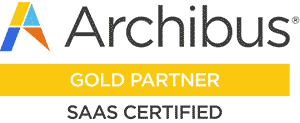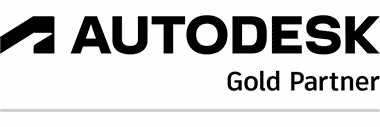Modern architectural projects are rarely completed within a single software ecosystem. The need to move data efficiently between AutoCAD, Revit, and other platforms presents ongoing challenges—from geometry translation issues to metadata loss and version conflicts.
One of the fundamental hurdles in interoperability is format conversion. Translating 2D CAD files to 3D BIM models (or vice versa) often results in missing elements and inconsistent layers, especially when workflows are not carefully planned from the outset. Preserving parametric relationships during translation is another concern. Revit families may lose their intelligence when exported as static blocks, requiring workarounds or manual re-creation. Aligning attribute data—such as element IDs or material properties—is equally important for maintaining project fidelity.

Open standards like IFC (Industry Foundation Classes) and newer formats such as STEP are helping bridge the gap by improving translation fidelity in Revit 2025 and comparable tools. Project teams can routinely exchange entire building models with external partners—like civil engineers or product manufacturers—who may be using platforms other than Autodesk. These open formats help preserve essential data and expand collaboration possibilities beyond proprietary software boundaries.
A typical workflow for exchanging project data begins by leveraging Revit’s improved DWG export/import capabilities. Architects may start a preliminary concept or site plan in AutoCAD, then import the DWG directly into Revit as an underlay for further modeling. With Revit 2025, this conversion more reliably preserves linework, hatches, and layer structures, making the transition from 2D to 3D much more seamless. When it’s time to coordinate with consultants or contractors still working in AutoCAD, detailed sheets or sections produced in Revit can be exported back to DWG with mapped layers and clear annotation. This minimizes errors and saves time compared to redrawing or manual translation.
Project delivery today often depends on cloud-based interoperability. Tools like Autodesk Docs and BIM Collaborate Pro act as a centralized hub for both Revit and AutoCAD files. These cloud platforms allow real-time markup, instant revision tracking, and shared model references while supporting the upload and download of native DWG, RVT, IFC, and even STEP files. Model synchronization in the cloud ensures teams always access the most current data, facilitating issue resolution and multidisciplinary coordination without costly back-and-forths or redundant meetings.
Furthermore, automated model checking plug-ins and validation tools (such as the Autodesk Model Checker for Revit) are increasingly used to confirm the fidelity of exchanged data. These tools automatically review imported or exported models to ensure adherence to office standards and BIM requirements—catching missing attributes, geometry mismatches, or metadata gaps before files are distributed to partners or clients.
Collaboration among multidisciplinary teams with different software requirements necessitates regular coordination meetings, shared documentation, and frequent data exchange. Advanced collaboration environments help bridge the gap by enabling centralized model management and real-time review, regardless of authoring software.
Automated validation tools ensure that converted models meet required standards, catching discrepancies early. Some platforms now offer roundtrip workflows, letting data return to its original environment with minimal losses—reducing rework and coordination errors. Continuous staff education on interoperability best practices is indispensable, as rapid software evolution frequently introduces new challenges and solutions.
Ultimately, a strategic, standards-driven approach to interoperability saves time, reduces errors, and enhances the overall quality of collaborative architectural projects.
How Robotech CAD Solutions Can Help
Robotech CAD Solutions provides workflow assessments, training, and hands-on support to help firms achieve seamless interoperability between AutoCAD, Revit, and other platforms. Our expertise covers format conversions, standards adoption, and integration of collaborative environments, helping ensure that your data moves smoothly—and without loss or errors—between multiple design tools.



